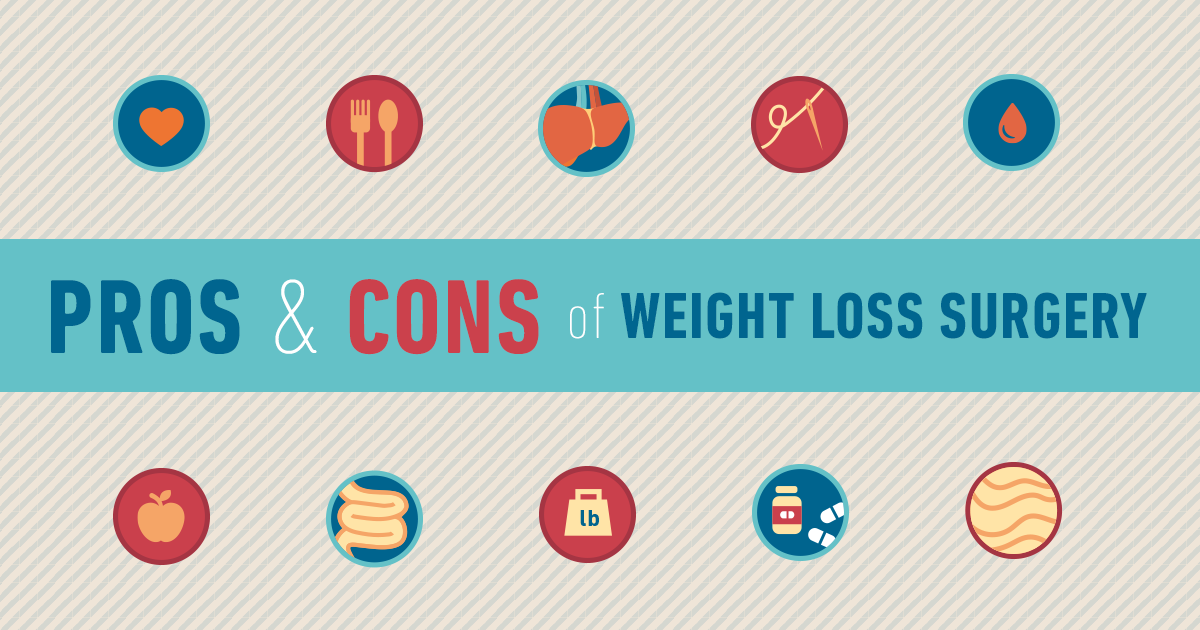How Does SMILE Eye Surgical Procedure Compare To LASIK And PRK?
How Does SMILE Eye Surgical Procedure Compare To LASIK And PRK?
Blog Article
https://lasiksurgerydefinition51720.blog-gold.com/32656188/laser-vision-modification-treatments-have-actually-become-a-popular-selection-for-people-looking-to-improve-their-eyesight-let-s-dive-in-and-check-out-the-world-of-laser-vision-modification -Weber Wilder
If you've been considering SMILE eye surgical treatment, you might ask yourself exactly how it compares to LASIK and PRK. Each procedure has its own collection of advantages and considerations. From quicker healing times to potential risks, there are essential distinctions you should be aware of before deciding. Recognizing these differences will certainly help you make an enlightened choice that straightens with your particular requirements and assumptions. https://lasereyesurgerydoctor62839.blogoscience.com/32524750/checking-out-the-partnership-in-between-dry-eye-and-time-spent-looking-at-screens to know more regarding exactly how these procedures compare in detail? Go on exploring to get an extensive understanding of SMILE, LASIK, and PRK.
SMILE Eye Surgical Procedure Summary
If you're thinking about SMILE eye surgery, you'll locate it to be a minimally invasive treatment with a fast healing time. During SMILE (Little Laceration Lenticule Removal), a laser is utilized to produce a small, exact cut in the cornea to get rid of a tiny piece of cells, improving it to correct your vision. This differs from LASIK, where a flap is produced, and PRK, where the external layer of the cornea is totally removed.
One of the vital advantages of SMILE is its minimally invasive nature, causing a faster recovery process and less discomfort post-surgery. The healing time for SMILE is fairly quick, with numerous people experiencing boosted vision within a day or more. This makes it a popular choice for those looking for a hassle-free and reliable vision correction treatment. Additionally, SMILE has actually been revealed to have a lower risk of dry eye disorder compared to LASIK, making it a favorable option for individuals worried about this prospective negative effects.
Differences In Between SMILE, LASIK, and PRK
When contrasting SMILE, LASIK, and PRK eye surgical procedures, it is very important to recognize the distinct strategies made use of in each treatment for vision adjustment.
SMILE (Tiny Cut Lenticule Removal) is a minimally intrusive treatment that entails developing a small laceration to remove a lenticule from the cornea, reshaping it to deal with vision.
LASIK (Laser-Assisted In Situ Keratomileusis) entails creating a thin flap on the cornea, utilizing a laser to improve the underlying tissue, and then rearranging the flap.
PRK (Photorefractive Keratectomy) eliminates the external layer of the cornea prior to reshaping the cells with a laser.
The main difference hinges on the way the cornea is accessed and dealt with. SMILE is flapless, making it an excellent alternative for individuals with thin corneas or those associated with contact sports. LASIK provides quick visual healing due to the flap development, however it may pose a greater threat of flap-related issues. PRK, although having a much longer healing period, prevents flap-related concerns altogether.
Comprehending these variations is essential in selecting one of the most appropriate treatment for your vision adjustment needs.
Benefits And Drawbacks Contrast
To examine the benefits and disadvantages of SMILE, LASIK, and PRK eye surgical procedures, it's necessary to take into consideration the certain advantages and possible limitations of each treatment. SMILE surgery provides the benefit of a minimally intrusive procedure, with a smaller sized incision and possibly quicker healing time compared to LASIK and PRK. cataract surgery 50 year old reduces the threat of completely dry eye post-surgery, an usual side effect of LASIK. Nonetheless, SMILE may have limitations in dealing with greater degrees of myopia or astigmatism compared to LASIK.
LASIK surgery supplies rapid aesthetic recovery and marginal discomfort during the treatment. It's extremely efficient in treating a vast array of refractive errors, including nearsightedness, hyperopia, and astigmatism. Yet, LASIK lugs a danger of flap issues, which can impact the corneal structure.
PRK eye surgical treatment, while not as preferred as LASIK, avoids creating a corneal flap, reducing the risk of flap-related complications. It's suitable for people with thin corneas or irregular corneal surface areas. Nevertheless, PRK has a longer healing time and may include extra pain during the recovery process.
Final thought
So, when it involves choosing in between SMILE, LASIK, and PRK, think about it like picking the perfect set of footwear. SMILE resembles a sleek, comfy set of sneakers - fast and simple.
LASIK is a lot more like trendy high heels - flashy and quick, but with some potential dangers.
PRK resembles durable treking boots - reputable and sturdy, yet requiring a bit more time and effort.
Eventually, the most effective option depends upon your individual demands and choices.
